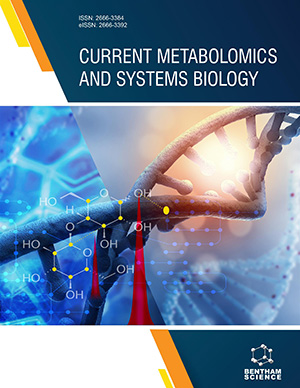Abstract
In both green algae and cyanobacteria, H2 production is coupled to photosynthesis, which uses abundant water and sunlight as the source of electrons and energy, respectively. This process has immense potential for renewable H2 production in future scaled-up processes. To generate H2, green algae and cyanobacteria employ two different types of phylogenetically unrelated hydrogenases: [FeFe] enzymes in the former case and [NiFe] enzymes in the latter. Hydrogenases contain distinct metalloclusters at their catalytic centers that require different suites of proteins for their assembly and maturation. Research in recent years has identified the genes encoding the hydrogenase proteins along with their maturation machineries, underlying regulatory controls, and enzyme catalytic mechanisms. One of the major challenges to be overcome is the deleterious effect of O2 on hydrogenase structure and function. This chapter will examine the status of these topics in both classes of microbes, with the expectation that a more in-depth understanding will better guide the development of a robust system for sustained photobiological H2 production.
Keywords: Hydrogen, hydrogenase, hydrogenase maturation, FeFe-hydrogenase, NiFe-hydrogenase, algae, Chlamydomonas reinhardtii, H-cluster, cyanobacteria, Synechocystis, Rubrivivax gelatinosus, HydA1, HydA2, Hox hydrogenase.






















